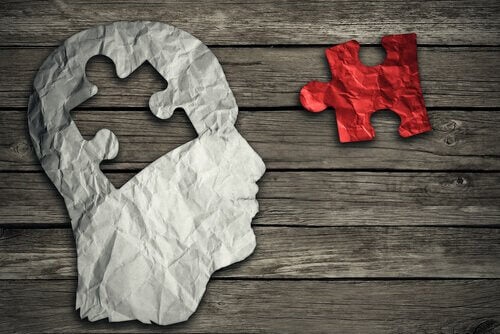In psychology, personality, temperament and character are three concepts that are used to express ways of thinking and feeling and are therefore closely related to each other, but this great affinity often makes their meanings confused.
To use the terms of personality, temperament and character discreetly, we will try to outline and scale them in a simple way, to do so, before we start to see their differences, we must understand that temperament and character are two dimensions of personality. In other words, both are essential components of the latter.
- In psychology.
- Personality.
- Temperament and character are three concepts that are used to express ways of thinking and feeling.
When we talk about temperament, we mean that innate part of our personality that is determined by our genetic heritage, so the biological and instinctive dimension of personality is considered, in fact, temperament is the first personality factor to manifest itself.
In infants, it is already possible to distinguish different types of temperament, so, depending on your tendency to feel and express positive or negative emotions and a good or bad mood, is it possible to consider them as children?Or? Difficult?in terms of behavior.
Because it is of genetic origin and the result of an inherited constitution, the temperament can hardly be altered, manipulated or changed by circumstances. In some ways, this trend will continue to exist; although it is no less true that we can use resources to increase or inhibit its manifestation, if we were an iceberg, the temperament would still be part of the submerged part, and could exert some control to change the way it manifests itself in the discovered part.
The theory of the four moods, raised by Hippocrates in ancient Greece, was one of the first to try to explain the temperament. This doctor considered that the person’s personality and health depended on the balance between four types of substances: yellow bile, black bile, mucus and blood. He called them bodily moods.
Centuries later, Galien of Pergamon, taking as reference this hippocratic classification, categorized people according to their temperament, distinguishing with them four types of people:
It is the component of personality that encompasses temperament (hereditary constitution) and all educational and relational habits learned by the person, that is, it is innate and acquired.
In addition, it is a consequence of the social experiences and interactions that we have in our lives and from which we learn, so all these habits influence our temperament and biological predispositions, and change, vary, refine and shape our personality. the origin of the character is cultural.
It’s less stable than temperament. The character, not hereditary, does not fully manifest itself in the early stages of evolutionary development, goes through different stages until it reaches its maximum expression in adolescence, so it can be modified and is likely to change; for example, through social education. Today, this term is quite confused with personality, so they are often used indiscriminately.
Personality is the result of the sum of character (temperament and acquired habits) and behavior, that is, it encompasses both aspects. Perhaps it is this cohesion that makes it possible to clarify more clearly the differences between personality, temperament and character.
For this reason, we consider it not only as a result of a genetic inheritance, but also as a result of the environmental influences to which the person is subjected. Personality is an individual badge and is therefore characteristic of the person. studies, remains stable over time and in different situations.
In psychology personality is the set of emotions, cognitions and behaviors that make up a person’s pattern of behavior; is how we feel, think, or behave; it is a set of processes that interact with each other and self-regulate, forming a dynamic Currently, the two most commonly used and accepted definitions in psychology are:
However, there is no unitary or clear definition of personality, because it is a complex system and there are as many definitions as authors and currents, each philosophy or theory has contributed its vision and concept, similar to each other, but different in all of them have something in common: they consider that in the person there is a pattern that leads them to behave in the same way in similar situations , in this model would come into play a series of variables that would shape the personality.
Depending on the current, do these variables receive one name or another: characteristic, subject, parts, traits ?, the fundamental thing is that the richness of personality psychology lies in all these contributions, theories, studies and research, as well as their integration. . Personality, temperament and character are different concepts, and it is precisely in this difference that part of their wealth and value is found to understand and try to predict, through them, our behaviors.

